DISCLOSURE: AS AN AMAZON ASSOCIATE I EARN FROM QUALIFYING PURCHASES. READ THE FULL DISCLOSURE FOR MORE INFO. ALL AFFILIATE LINKS ARE MARKED #ad
The Olympus 75mm f/1.8 (also known as the M.Zuiko 75mm ED f/1.8) was released in July 2012. So this year marks its 10-year anniversary on the market.
I’ve used the Olympus 75mm f/1.8 for the Micro-Four-Third (aka MFT or m43) systems for years, so I thought it was time to show this lens some LOVE.
So why would I spend the time to review a 10-year-old lens, you might ask?
Because it still shines at what it does, and it’s the only lens that does what it does for the MFT system!
As with all my reviews, I will focus on real-world applications and less on all the technical stuff; specs can only tell you so much.
Design and built-quality

At 75mm with a crop factor of two on the m43 system, this lens has a field-of-view comparable to that of a 150mm lens on a full-frame sensor.
That’s niche territory which is why this lens is not for everyone.
It’s well built, with solid metal construction, which differs from the many plasticky designs of modern MFT lenses.
It’s available in silver and black. I went black since I’m shooting on a black Panasonic GH5.
Also, I find that black lenses tend to create fewer reflections when shooting through windows, e.g., from a plane window or a store.
Awesome sun hood

The optional sun hood is one of the best sun hoods I own. It’s an all-metal construction and rugged built. It attaches to the lens with a small pin, which is my favorite way to attach sun hoods.
I leave the sun hood on at all times to protect the glass. I definitely recommend getting this.
Focus ring and autofocus
The large focus ring (the only moving part on the lens) is smooth and easy to use.
However, I wish it had more resistance because it’s easy to give it a small push and lose focus accidentally.
Luckily, the lens focuses fast with autofocus and is also very silent. I recommend using back-button focus on your camera to capture your subjects fast – especially if you’re shooting sports events.
No optical image stabilization
Unfortunately, the Oly 75mm f/1.8 has no optical image stabilization (O.I.S.), which means you need to rely on a tripod or the in-body image stabilization (IBIS) of your camera.
I wouldn’t recommend this lens for a camera like the BMPCC 4k or GH5S because neither have IBIS. That is unless you put the camera on a tripod for an interview situation.
No weather sealing
The Olympus 75mm f/1.8 doesn’t have weather sealing either. It’s still well protected with the sun hood.
Still, I find this odd since it’s a lens that really shines outside.
Still one of the sharpest lenses for MFT cameras
The Olympus 75mm f1.8 is still one of the sharpest lenses you can get for the MFT system, comparable to the much more expensive Panasonic Leica Nocticron 42.5mm f/1.2 or the wider Sigma 30mm f/1.4 (link to Amazon).
That’s pretty impressive! You can even do macro to some extent with this lens:


As with most lenses, it’s sharpest when you stop down a bit to f/4 or less.
Real-world usage and applications
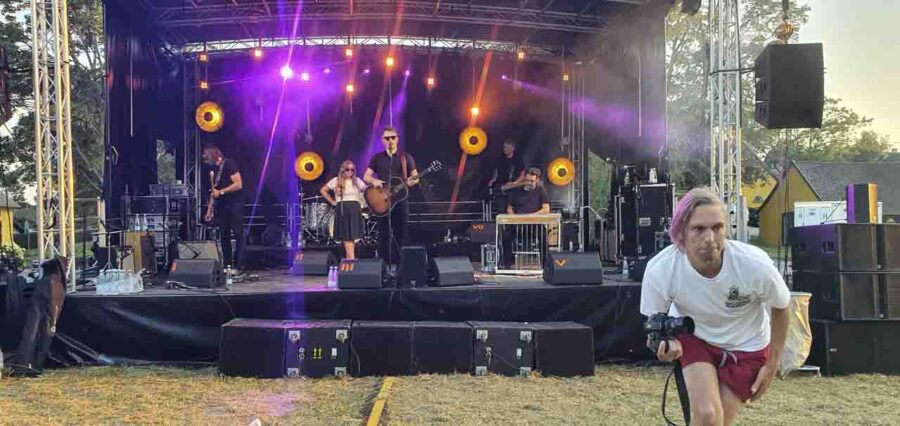
So, where should you use the Olympus 75mm f/1.8 shines? It’s a pretty niche lens, after all.
I’ve used this lens for corporate videos from time to time. The aperture of f/1.8 and long focal length creates some nice bokeh in messy office environments.
But it’s when it comes to portrait, event, sport, street, and concert photography that the Oly 75mm comes to its right.
In fact, I’d say that the “Oly” 75mm f1.8 is still one of the best prime lenses for street and concert photos you can get for MFT cameras.
That’s not a small thing considering the plethora of great optics released for the m43 since 2012.
Olympus 75mm f/1.8 photo examples
Below you can see some photos shot with the Oly 75mm.
I’ve tried not to go overboard with the compression, so you can still see some of its sharpness. But to not kill your internet connection and use up all my storage at my hosting service, I’ve had to convert the pictures from raw to jpeg.
I hope you can still sense the image quality the Olympus 75mm f/1.8 can capture. Check out the gallery below:


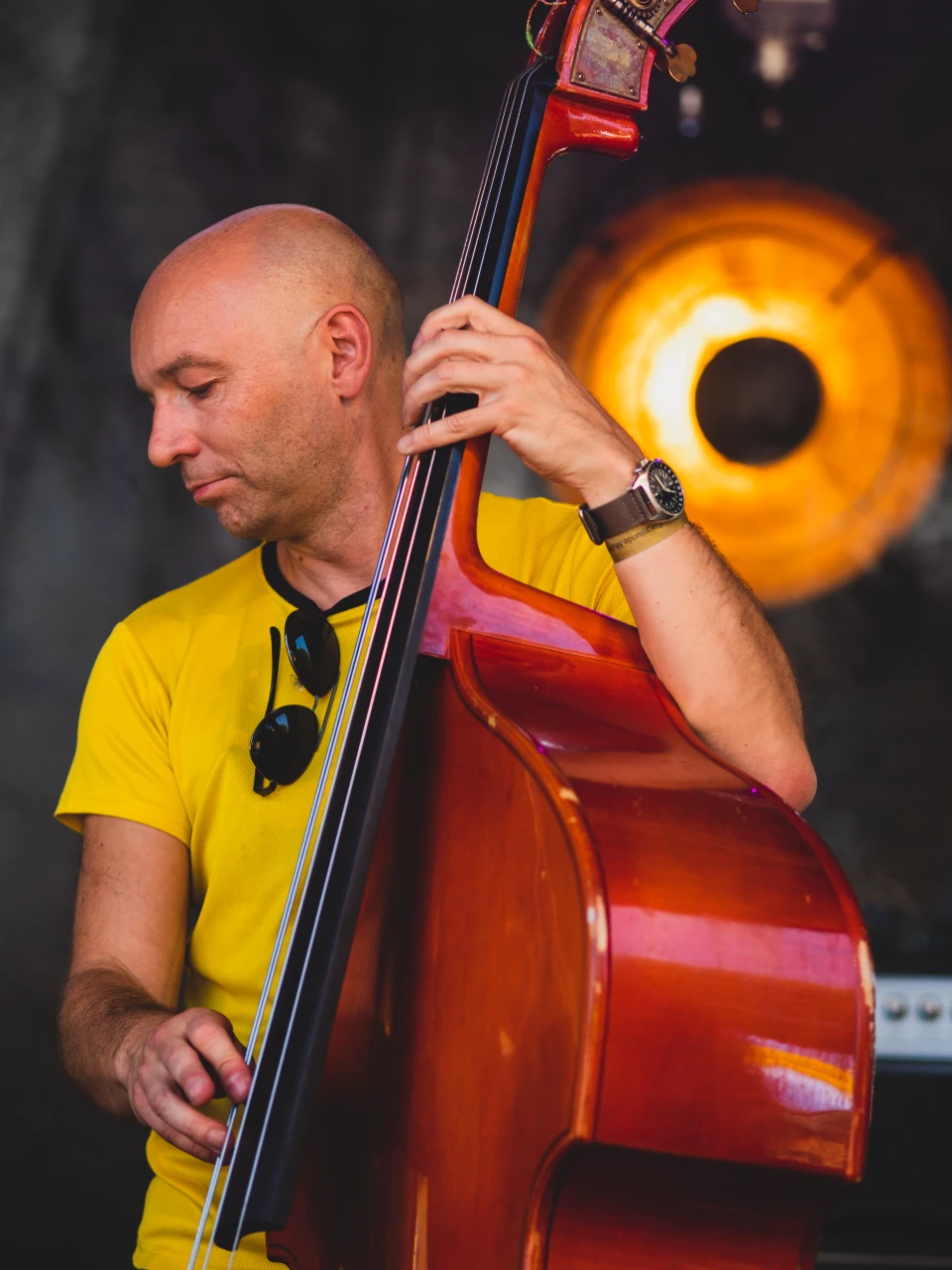
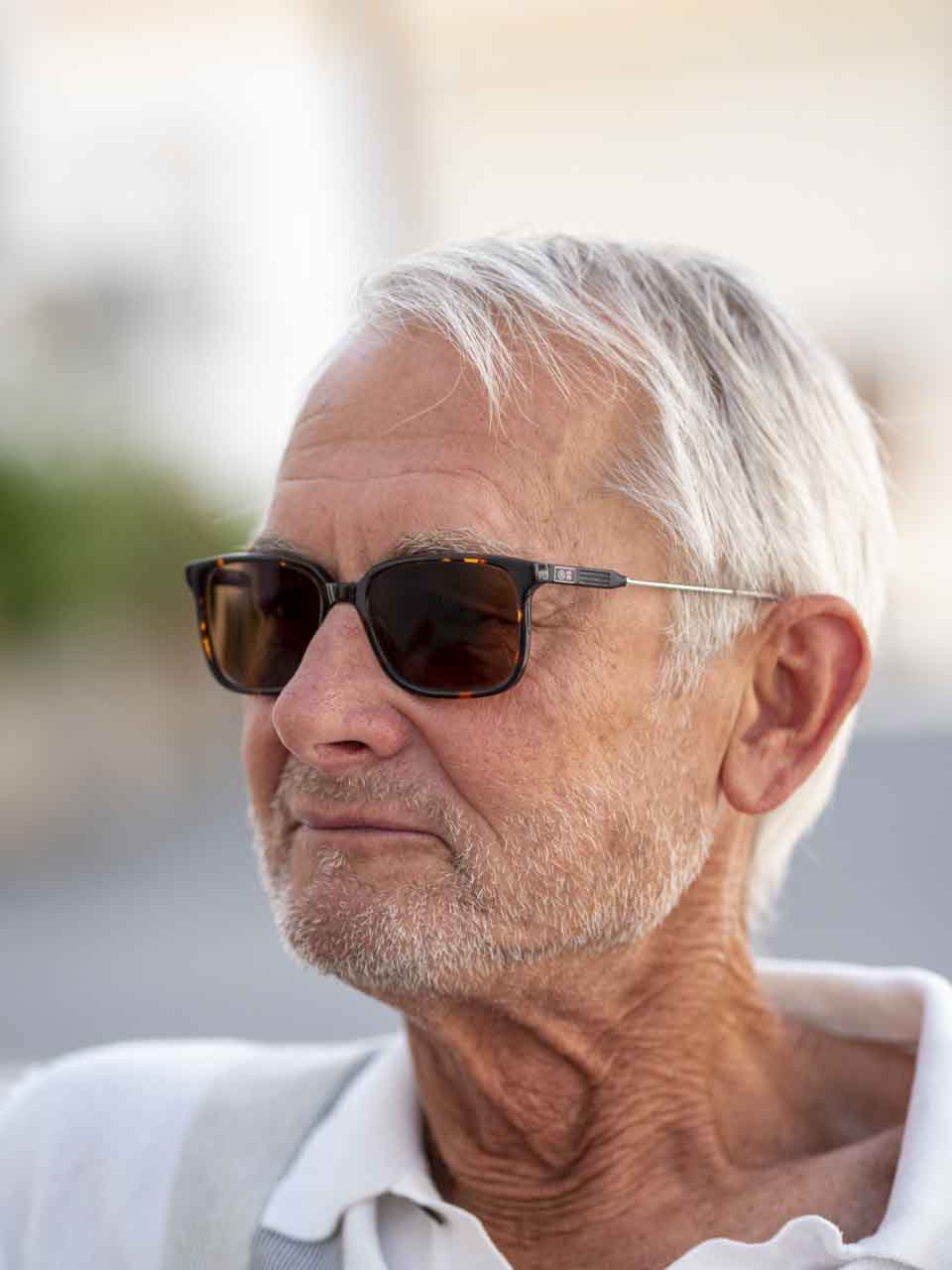


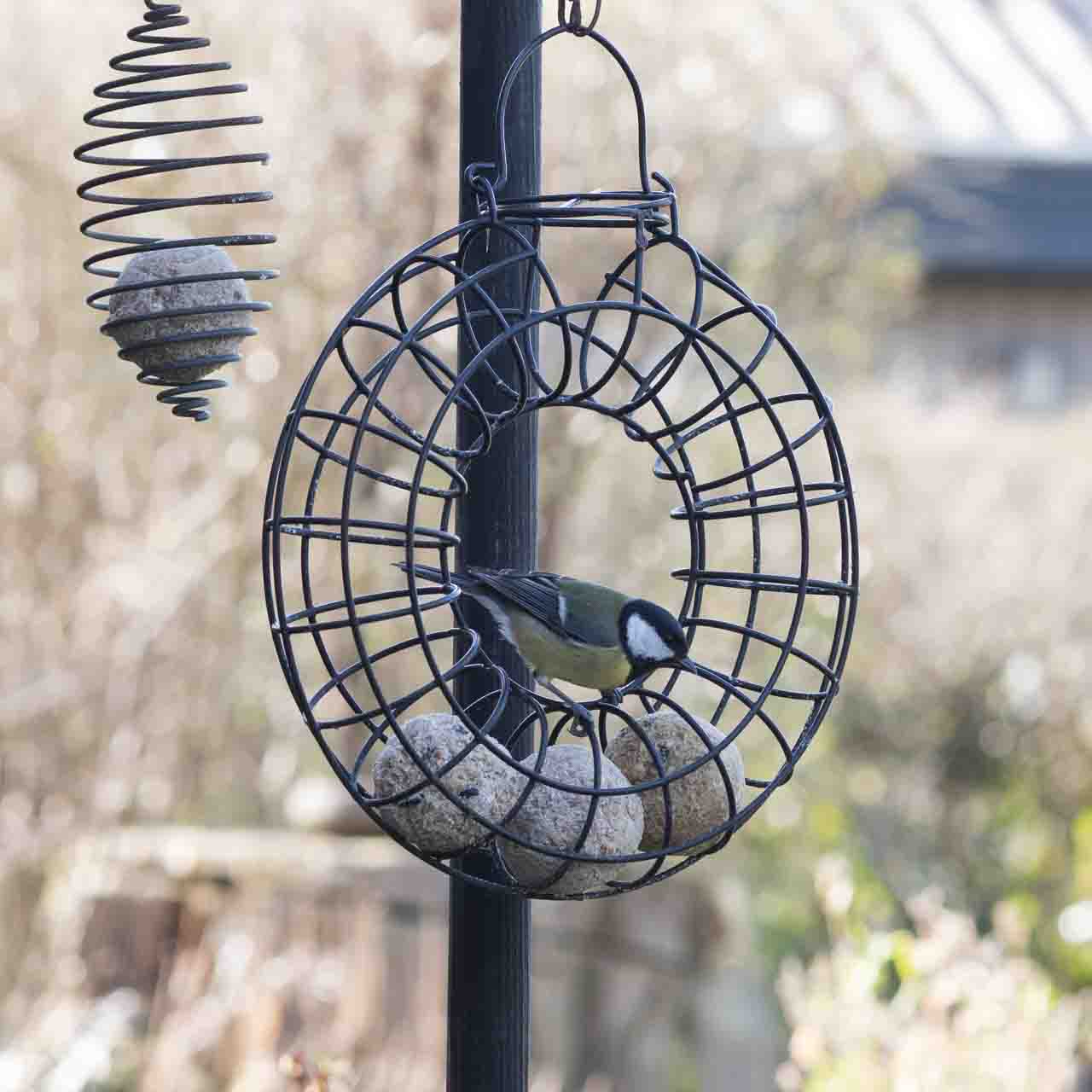






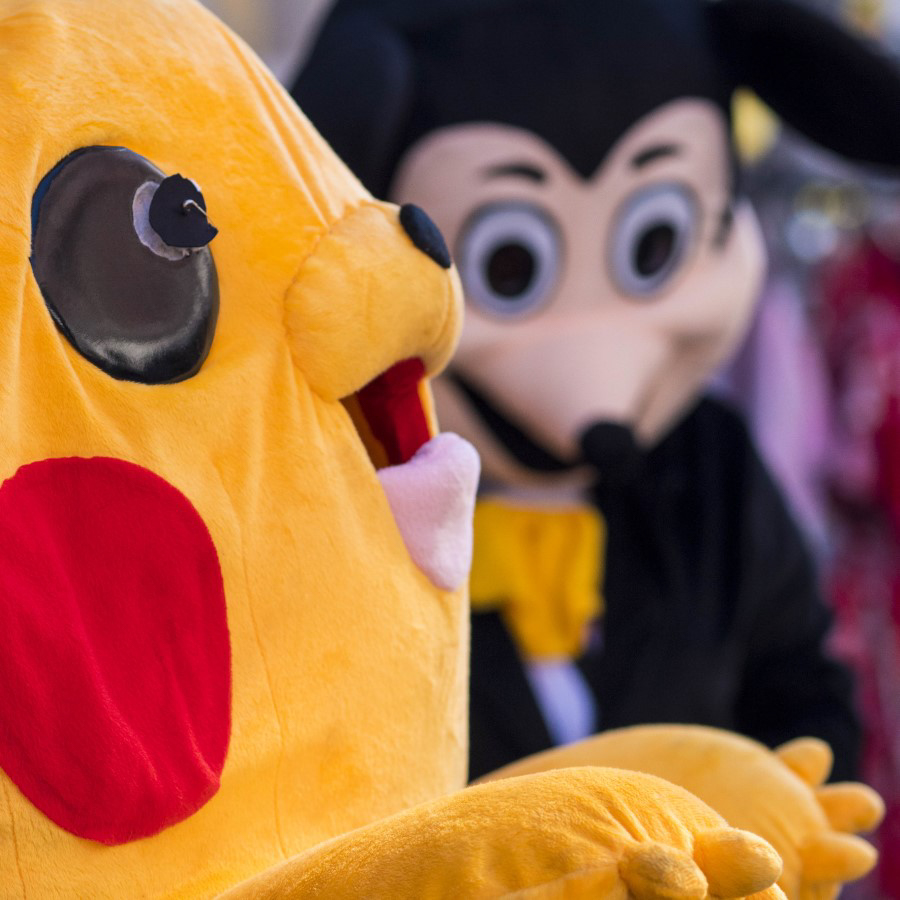



Olympus M.Zuiko Digital Digital Ed 75mm f/1.8 specs
Check out the specs for the Oly 75mm f1.8 below:
| Focal length | 75mm (35mm Full-Frame equivalent focal length: 150mm) |
|---|---|
| Maximum / Minimum aperture | F1.8/F22 |
| Lens construction | Ten elements in nine groups (3 ED lenses, 2 HR lenses) |
| Angle of view | 16° |
| AF mode | High-speed imager AF (MSC mechanism) |
| Closest focusing distance | 0.84m |
| Maximum image magnification | 0.1x (35mm equivalent maximum image magnification: 0.2x) |
| Minimum field size | 173 x 130mm |
| Number of diaphragm blades | 9 (circular aperture diaphragm) |
| Filter size | Ø58mm |
| Mount standard | Micro Four Thirds |
| Size: maximum diameter x length | Ø = 64 x 69mm |
| Weight | 305g |
Pros and Cons Summary
Here’s a summary of the pros and cons of the Oly 75mm f1.8.
Pros:
- Razor Sharp
- Fast
- Great built-quality
- Awesome sun hood
Cons:
- No Optical Image Stabilization
- No weather sealing
- The focus ring could have more resistance
- Sun hood is not included as standard
Check the current price for the Oly 75mm f/1.8 on Amazon
Conclusion
The Olympus 75mm f/1.8 is probably the best lens for concert photography, street photography, portraits, and sometimes nature photography for the MFT system.
With an FOV comparable to a 150mm FF camera, the Oly 75mm f/1.8 is not your bread-and-butter everyday lens. It’s a niche lens designed for some very specific tasks.
It’s a fast lens with a big aperture of f/1.8, and combined with the 75mm focal length, it makes for some beautiful blurry background bokeh.
Even after all these years, it’s still one of the sharpest lenses for the MFT system, which says a great deal when you look at the prices of some of its competitors, such as the Panasonic Leica Nocticron 42.5mm f/1.2 (link to Amazon).
If you want a more versatile alternative that is still as sharp, I recommend looking at the M.Zuiko 12-100mm f/4 (link to Amazon). A zoom lens with this resolution and sharpness is no small feat.
However, with Oly 12-100mm f/4, you won’t get that fast f-stop of f/1.8, which means you’re limited in low-light situations – fx at blue-hour dusk situations in the streets. But it’s a more versatile lens, for sure.
I hope you’ve enjoyed this Olympus M.Zuiko Digital Digital Ed 75mm f/1.8 lens review. If you have any questions, let me know in the comments below.


I use this lens mainly on pen-f, for dance photography. It beats many ff lenses in sharpness.
Yeah, it really is a hidden gem, but the fixed 75mm does take a little bit of time to get used to (it did for me at least). Especially because I mostly use zooms.
/Jan